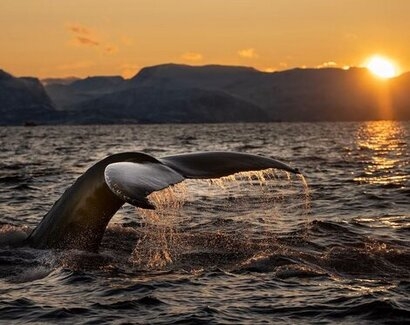
The new agreement ensures that important data to protect wildlife in the New York Bight will be collected during the pre-construction, construction, and post-construction phases of the wind project.
Two deployed moored acoustic monitoring buoys located in the New York Bight within Empire Wind lease area have already compiled more than 2,000 days of monitoring data and have detected more than 18,000 whale sounds in near real-time, including more than 2,600 detections this year alone. The acoustic monitoring agreement is between Empire Wind, a joint venture between Equinor and bp, and the Wildlife Conservation Society (WCS) with the Woods Hole Oceanographic Institution (WHOI), which invented and operates the buoys.
“As a new industry, it is crucial that we establish best-in -class practices throughout the development phase of our projects from the start” said Siri Espedal Kindem, President Equinor Wind US. “The technology that will be deployed over this ten-year agreement provides Equinor the ability to assess our activities in real-time and ensure that we are putting marine life first in our operations.”
The two buoys use WHOI-developed near real-time passive acoustic monitoring (NRT PAM) technology that detects the distinct sounds of different whale species (there is also an archival recorded aspect as well). Data collected will result in considerable new knowledge on whale occurrence and behaviour in and around the Empire Wind lease area. The sounds that are detected and recorded by the buoys to date came from four large whale species: fin, humpback, sei, and North Atlantic right whales. The most commonly detected whale sound was a low frequency downsweep, called a 20Hz song note, that is produced by fin whales.
The two acoustic buoys supported by the project are deployed as part of a broad effort to generate important data prior to construction of the Empire Wind project. The effort will continue to provide near real-time monitoring for more than a decade, both during and after construction, for the four species of large whales. This information will help Empire Wind and future offshore wind developments mitigate risks to these species from project activity, while also offering insight into any potential impact that wind farm construction and operation might have on these species. WCS began this monitoring in 2016 and Equinor began supporting it in 2019.
For additional information:

